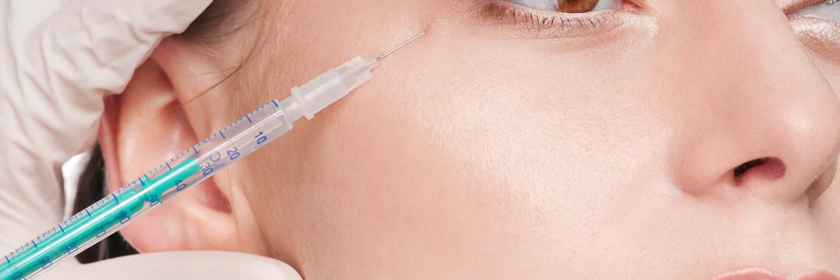Botox and Dysport are both cosmetic treatments that are used to temporarily reduce or eliminate wrinkles in the face. They are both made from a form of the botulinum toxin and are injected into the muscles of the face in small doses.
Botox, which is made by Allergan, was the first botulinum toxin treatment to be approved by the US Food and Drug Administration (FDA) for cosmetic use. Dysport, which is made by Galderma, is a newer treatment that was approved by the FDA in 2009. Both treatments are considered to be very safe and have a high satisfaction rate among patients.
Both Botox and Dysport work by temporarily paralyzing the muscles in the face that cause wrinkles. When the muscles can no longer contract, the wrinkles on the surface of the skin are smoothed out. The effects of the treatment typically last for around 3-6 months, after which time the treatment will need to be repeated.
The main difference between Botox and Dysport is the size of the molecules in the treatment. Botox has a larger molecule than Dysport, which means that it takes longer to diffuse and affect the muscle. In practice this means Botox may last slightly longer, but Dysport may spread to more areas and diffuse more, so it can cover a larger area.
Both Botox and Dysport are used to treat wrinkles and fine lines in the face, such as crow’s feet, frown lines, and forehead wrinkles. They can also be used to lift the eyebrows and improve the appearance of a drooping mouth. Some medical professionals also use Botox and Dysport for medical purposes, such as treating migraines and excessive sweating.
The procedure for Botox and Dysport injections is relatively simple and quick. The treatment typically takes less than 30 minutes and is done on an outpatient basis. The area to be treated is first cleaned, and then small amounts of the treatment are injected into the muscles using a fine needle. Some discomfort may be felt during the injections, but it is usually minimal and brief. After the injections, there is no downtime and patients can return to their normal activities immediately.
Side effects from Botox and Dysport are rare, and generally mild. Some patients may experience slight redness, swelling, or bruising at the injection site. More serious side effects, such as difficulty breathing or swallowing, are extremely rare.
It’s important to note that treatment should always be done by a licensed medical professional with experience administering Botox or Dysport. Patients should also be sure to discuss any concerns or medical conditions they have with their doctor before undergoing the treatment.
In conclusion Botox and Dysport are both cosmetic treatments that are safe and effective in temporarily reducing or eliminating wrinkles in the face. Both Botox and Dysport work by temporarily paralyzing the muscles that cause wrinkles. They are both FDA-approved and have a high satisfaction rate among patients. The main difference between the two is that Botox has a larger molecule size than Dysport, which affects its diffusing rate. In any case, the decision on which one to choose should be discussed with a medical professional before any procedure.

